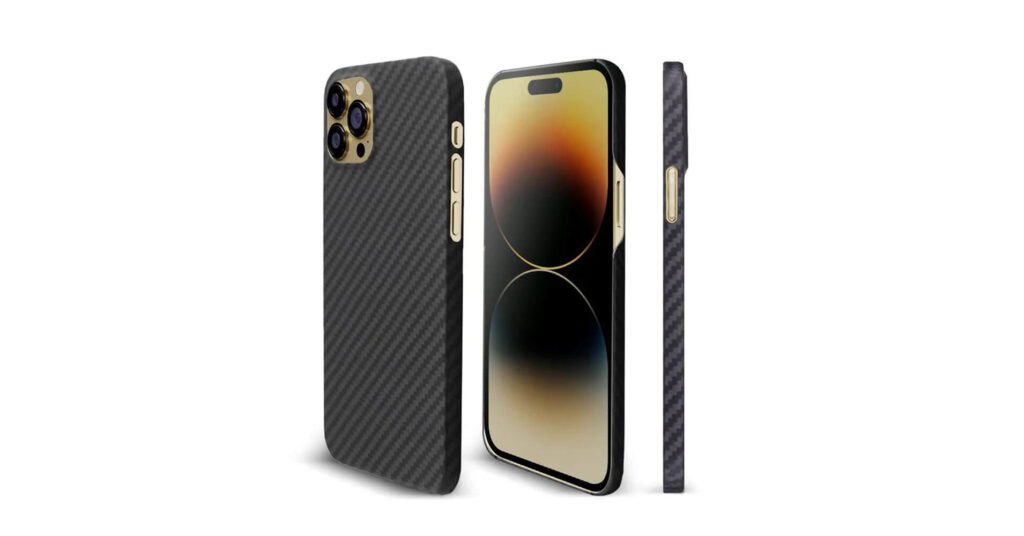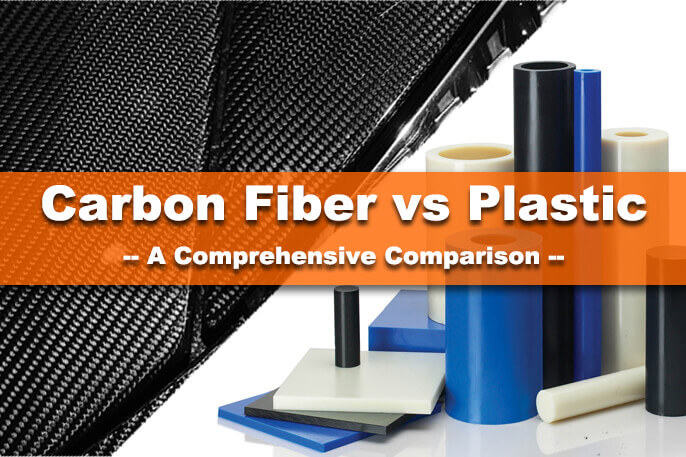In the realm of modern materials, carbon fiber stands out as a paragon of strength and lightweight efficiency. Carbon fiber protective capabilities have made it a preferred choice in various industries, from aerospace to sports equipment and even carbon fiber clothing. One application that has gained significant popularity is the use of carbon fiber in protective cases, particularly for smartphones. This blog will delve into the protective capabilities of carbon fiber, focusing on carbon fiber phone cases, supported by research data, and providing a detailed analysis of why this material is so effective and how it compares to other materials like glass fiber.
Understanding Carbon Fiber
Carbon fiber is a polymer, also known as graphite fiber, consisting of long, thin strands of carbon atoms bonded together in a crystal alignment that makes the fiber incredibly strong for its size. This crystalline structure provides high tensile strength and stiffness, while maintaining a low weight, which is why it is often compared to steel in terms of specific tensile strength. But does fabric have carbon? The answer is yes, as carbon fiber can be woven into carbon fiber fabric available in various carbon fiber fabric colors.
Properties of Carbon Fiber
- High Tensile Strength: Carbon fiber is known for its exceptional tensile strength. Tensile strength is the maximum stress a material can withstand while being stretched or pulled before breaking. Carbon fiber has a tensile strength of about 3.5 GPa (gigapascals), making it one of the strongest materials available.
- Low Weight: Despite its high strength, carbon fiber is incredibly lightweight. It has a density of about 1.6 g/cm³, which is much lower than metals like steel (7.8 g/cm³) and aluminum (2.7 g/cm³). This makes carbon fiber ideal for applications where how light is carbon fiber is a key consideration.
- Stiffness: Carbon fiber is very stiff, with a Young’s modulus (a measure of stiffness) of approximately 230 GPa. This means it can resist deformation under stress, maintaining its shape and structural integrity, contributing to its excellent dimensional stability.
- Resistance to Corrosion: Unlike metals, carbon fiber does not corrode. This makes it an excellent choice for applications where it may be exposed to harsh environmental conditions.
- Thermal Stability: Carbon fiber can withstand high temperatures without losing its properties, making it suitable for applications that require heat resistance. The carbon fiber thermal expansion coefficient is also very low, contributing to its thermal characteristics.
Carbon Fiber Phone Cases: A Protective Shield
One of the most popular consumer applications of carbon fiber today is in phone cases. Smartphones are essential devices in our daily lives, and protecting them from drops, scratches, and other damage is a priority for many users. Carbon fiber phone cases offer a combination of protection, style, and lightweight convenience. Let’s explore why carbon fiber is an excellent choice for this application and how it contributes to carbon fiber safety.
Impact Resistance
The primary function of any phone case is to protect the device from impacts. Carbon fiber’s high tensile strength and stiffness translate to superior impact resistance. When a phone in a carbon fiber case is dropped, the case absorbs and disperses the energy from the impact, reducing the likelihood of damage to the phone itself.
A study tested various materials used in phone cases, including plastic, silicone, and carbon fiber. The results showed that carbon fiber cases reduced the force transmitted to the phone by up to 70% compared to plastic cases and 50% compared to silicone cases. This significant reduction in impact force highlights the superior protective capabilities of carbon fiber.
Scratch and Wear Resistance
In addition to protecting against drops, carbon fiber cases are highly resistant to scratches and wear. The material’s hardness and durability mean it can withstand everyday wear and tear without showing signs of damage. This not only keeps the phone looking new but also ensures the protective capabilities of the case remain intact over time, demonstrating how carbon fiber is durable.
Lightweight Design
One of the standout features of carbon fiber is its lightweight nature. Users often seek phone cases that provide protection without adding significant bulk or weight to the device. Carbon fiber cases meet this need perfectly, offering robust protection while maintaining a slim and lightweight profile. This makes them comfortable to carry and use daily without compromising on safety, thanks to how light carbon fiber is.
Aesthetic Appeal
While protection is the primary concern, the aesthetic appeal of phone cases also matters to many users. Carbon fiber cases offer a sleek, modern look that appeals to a wide range of consumers. The distinctive weave pattern of carbon fiber is both stylish and recognizable, adding a touch of sophistication to any smartphone. And with various carbon fiber fabric colors available, users can choose a case that suits their personal style, whether they prefer classic black or vibrant hues.
Research Data on Carbon Fiber Protective Capabilities
Several studies and experiments have been conducted to evaluate the protective qualities of carbon fiber, particularly in phone cases. One notable study involved drop tests from varying heights and angles using phones encased in different materials. The carbon fiber cases consistently performed better, with fewer instances of screen cracks and internal damage compared to other materials like glass fiber.
Another research project examined the scratch resistance of carbon fiber composites. The study found that carbon fiber had a significantly higher scratch resistance compared to traditional plastics and even some metals, making it an ideal material for protective applications.
Related reading: Carbon Fiber vs Plastic: A Comprehensive Comparison
Safety Considerations in Carbon Fiber Fabrication
While carbon fiber offers exceptional protective qualities, it’s essential to consider safety during the fabrication process. When working with carbon fiber, proper personal protective equipment (PPE) should be used to ensure the safety of workers.
Firstly, respiratory protection is crucial, as carbon fiber dust can be harmful if inhaled. Workers should wear appropriate face masks or respirators to prevent inhalation of carbon fiber particles. Proper ventilation in the work area is also essential to minimize exposure.
Eye protection is another critical aspect of carbon fiber safety. Carbon fiber shards or splinters can cause eye injuries, so workers should always wear safety glasses or goggles to protect their eyes from potential hazards.
Skin protection is also important when handling carbon fiber. The material can cause skin irritation, so workers should wear protective clothing and work gloves, such as nitrile gloves, to minimize skin contact. This is particularly important when working with epoxy resins used in carbon fiber fabrication.
By following proper safety protocols and using appropriate PPE, workers can safely harness the protective qualities of carbon fiber in various applications, including the production of carbon fiber phone cases.
Conclusion
Carbon fiber stands out as a premier material for protective phone cases due to its exceptional strength, lightweight nature, and resistance to wear and tear. The combination of high tensile strength, stiffness, and impact resistance ensures that carbon fiber cases provide superior protection for smartphones, helping to safeguard these essential devices from everyday hazards.
As technology and materials science continue to advance, the applications of carbon fiber are likely to expand further, bringing its protective qualities to an even wider range of products. From carbon fiber clothing to aerospace components, the potential uses of this remarkable material are vast. For now, carbon fiber phone cases remain a testament to the remarkable capabilities of this innovative material.


